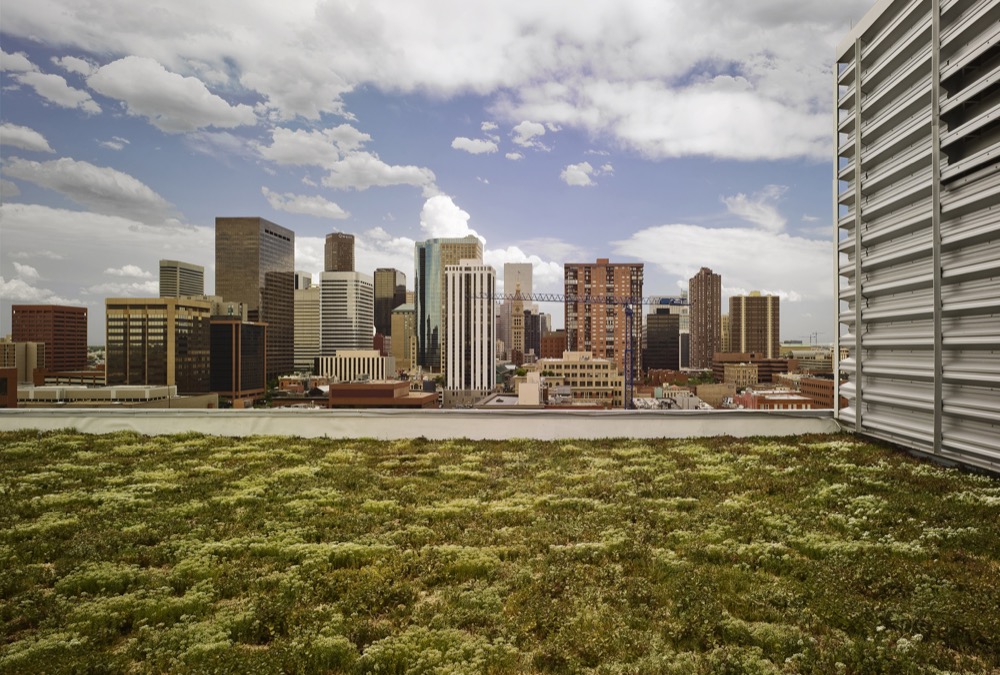DENVER— On Monday night, City Council passed a green buildings ordinanceto replace the green roofs initiative approved by voters in November 2017. The new law was carefully designed to honor the will of the voters who called for more sustainable development in Denver, while fixing the legal and practical challenges of the original ordinance.
Key points:
- Beginning Friday, November 2., new buildings and additions more than 25,000 square feet, and roof replacements on existing buildings over 25,000 square feet, will need to demonstrate how they meet the green buildings ordinance before obtaining permits.
- Projects that have already submitted a formal site development plan (SDP) or permit application under the old green roofs initiative may continue, or may submit revised drawings to meet the green buildings ordinance instead. There is no required completion date for projects continuing under the old ordinance.
- The green buildings ordinance achieves an urban heat island reduction by requiring simple and affordable “cool roofs” on all buildings subject to the ordinance.
- Most buildings will also need to incorporate another green building strategy, choosing green space (which can be on the ground), solar or other renewable energy (which can be purchased from Xcel), energy efficiency improvements, a third-party building certification, an energy program, or a green building fund. Options vary for new buildings versus existing buildings.
- All buildings will be able to find viable, flexible options for contributing to Denver’s climate goals — at a cost of 20% – 90% less than complying with the previous green roofs initiative.
- These requirements are the result of 10 months of work by a collaborative task force of individuals on both sides of the original green roofs initiative.
- The new ordinance will add up to 3.5 million more square feet of green space by 2050, lead to an even greater reduction in urban heat island, reduce greenhouse gas emissions, and improve water and storm water management, but with far greater flexibility in building design and at a much lower cost.









